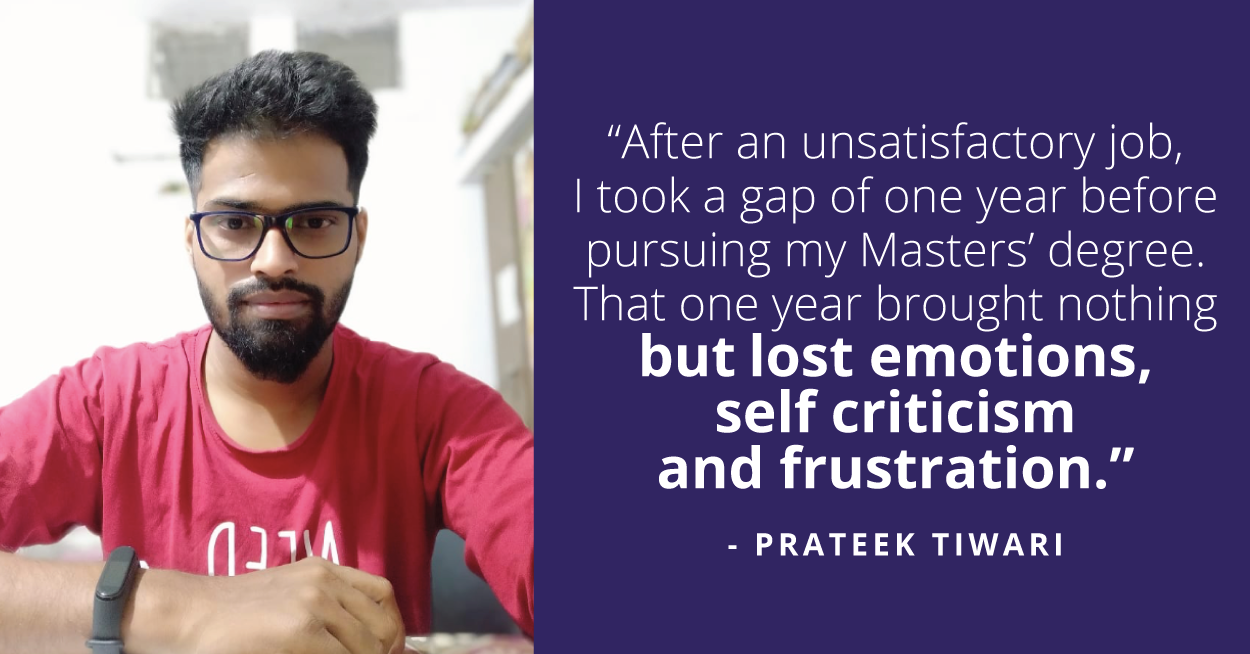Go From Being A Thinker to A Doer In Just 4 Steps
You want to work hard to get that promotion you always yearned for, or maybe you want to hit the gym and achieve that dream body. We all dream to get better, get more done in our lives. But for many people, the gap between dreaming and doing seems to be too huge. The biggest hurdle is getting started.
But don’t fret, there is a solution available that can help you not only make changes in your behavior but will also boost your motivation to achieve your goals.
Change your habits. Fulfill your wishes. Just WOOP it.
If we break down WOOP word by word, it stands for Wish Outcome Obstacle Plan. Let’s explore it a little more:
1. Wish
Everything starts with a wish. But just wishing won’t take us anywhere. Although having a positive outlook towards your goal is important, but if it turns into fantasizing, it really saps our energy!
According to the study:
“Positive fantasies that idealize the future are found to be inversely related to achievement over time: the more positively the fantasies are experienced, the less effort do people invest in realizing these fantasies, and the lower is their success in achieving them.”
Why, you ask? Derek Silvers in his TED Talk highlights that our emotional mind misinterprets talking to the doing. It finds it difficult to differentiate between the fantasy and reality.
Dreaming turns a goal into wishful thinking. But we still do it, right? Because it feels good!
Gottingen, in her book, Rethinking Positive Thinking, has quoted various studies on this. She found that people who wished to date their crushes, or who tried to get a new job, and who indulged in positive fantasies, had far less success.
So, what’s the takeaway here? While wishing is necessary, wishing alone won’t get you anywhere.
2. Outcome
This is the part where we crystallize our goals and think of specific goals. Research says that a goal which is clear and precise will motivate you more to achieve it. For instance, I would lose 20 pounds in 2 months, as opposed to saying, I want to lose weight.
3. Obstacles
Here we envision all the barriers that may prevent us from achieving our goals. Gottingen, calls it “mental contrasting”.
Some people may get a motivational boost while others may feel less motivated afterwards. People who didn’t get a boost were the ones who realized that their current goals were unrealistic. To that effect, Mental Contrasting not only motivated people to pursue their targets, but it also helped them identify if their goals were even worth pursuing. When people realized an obstacle, and when they believe they can overcome it, their motivation towards that goal increased.
Dan Coyle highlights something similar as how US Special Forces prepare before any mission or combat
First, they spend the entire morning going over every possible mistake or disaster that could happen during the mission. Every possible screwup is mercilessly examined, and linked to an appropriate response: if the helicopter crash-lands, we’ll do X. If we are dropped off at the wrong spot, we’ll do Y. If we are outnumbered, we’ll do Z.
4. Plan
Bob the builder, the famous animated cartoon show, isn’t just a cute character. There are many lessons that we can ACTUALLY learn from it. For instance, The Interrogative Self-Talk. According to it, instead of speaking to ourselves positively or negatively, we question our thinking. Just like he is seen asking to himself, “Can we fix this?”, and the answer to this is almost always is, “Yes, we can”.
These questions help us build better plans. But how can we make plans in a way that addresses our obstacles?
Here we can employ the implementation-intention strategy by using the if-then mode of thinking to evade obstacles.
For instance,
“If I have to go to the gym but I am leaving late from office owing to work, then I will work out for whatever time is left, but I will not skip the routine.”
So there we have it – 4 simple steps that can help you on the path from dreaming to doing!





